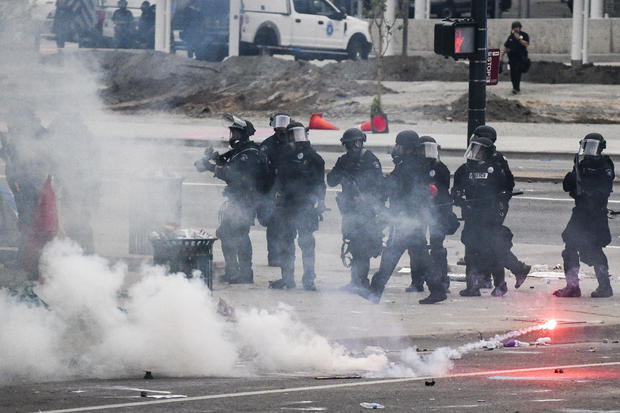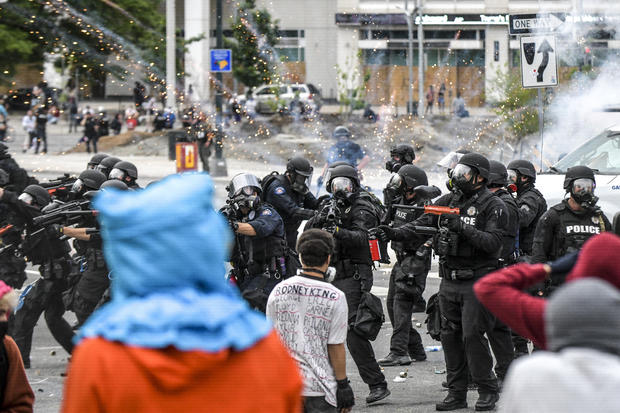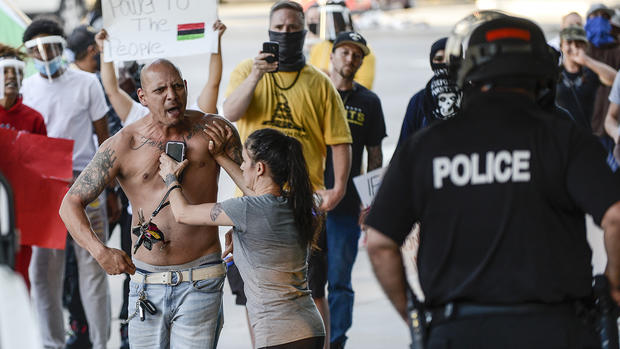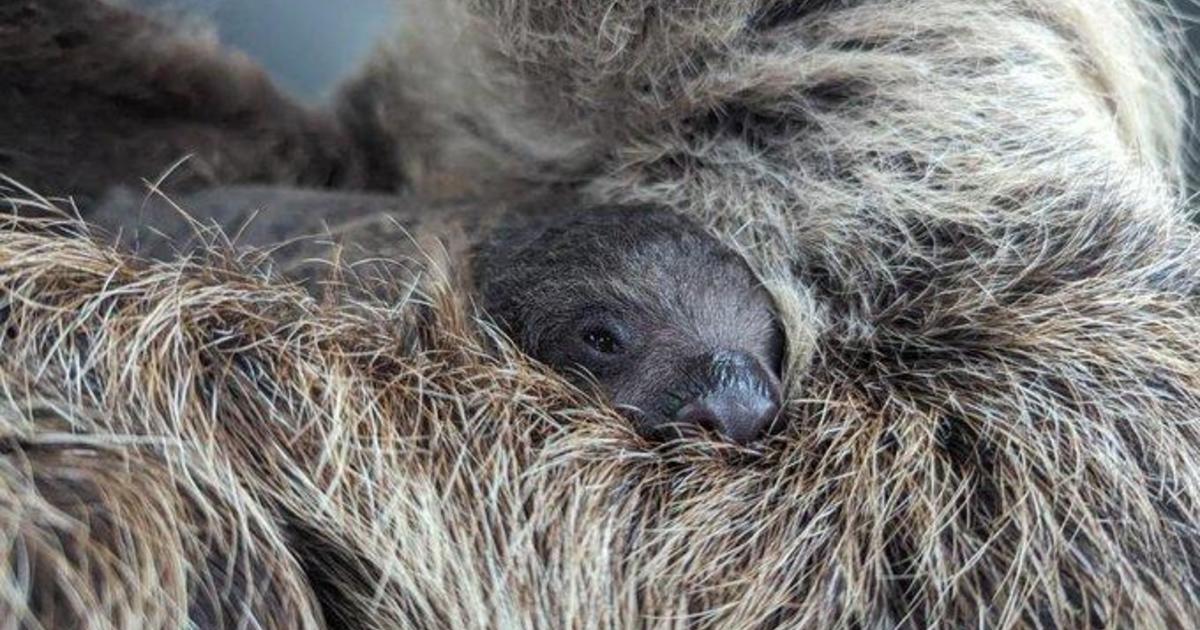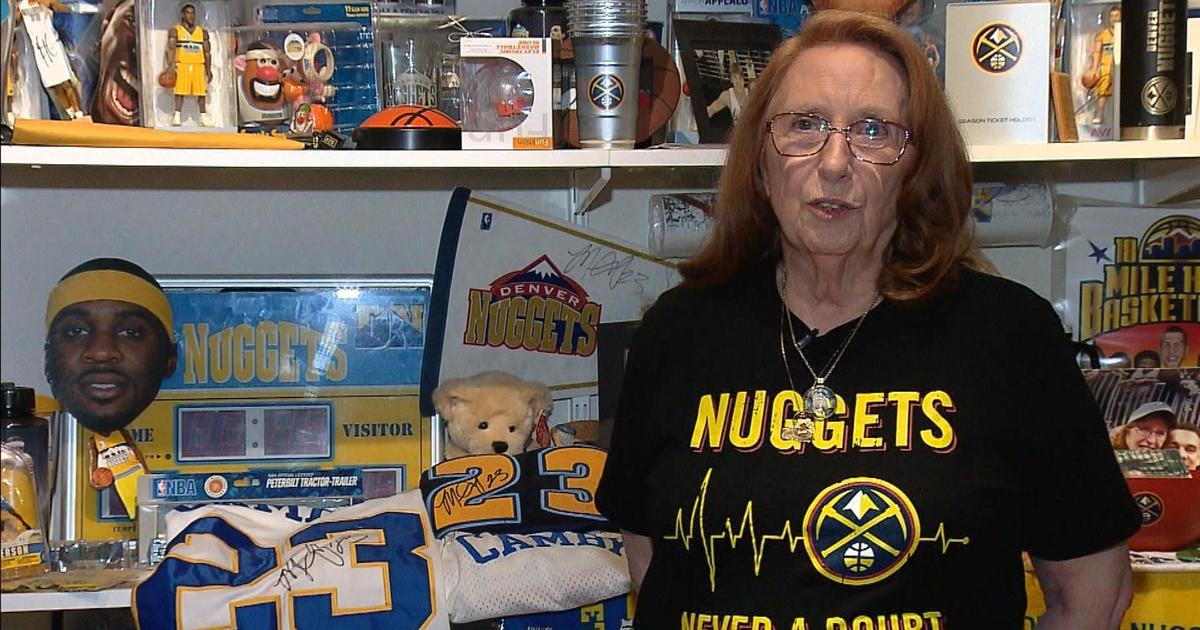Office Of Independent Monitor Report Shows Denver Police Lacked Plan To Handle Social Injustice Protests
DENVER (AP) — Denver police didn't have a cohesive plan for handling large racial injustice protests that erupted last summer following the death of George Floyd, according to a report made public Tuesday by an independent police monitor group. The lack of a plan fueled chaos and deepened the rift between law enforcement and the community, said the report issued by Denver's Office of the Independent Monitor, which provides oversight of police.
Officers were given last-minute training for nonlethal munition and some officers didn't turn on their body cameras despite department policy mandating they do so, the report said.
Other law enforcement agencies were called in for assistance to maintain peace during the protest but that added to the confusion on the ground, the report found.
The challenges of properly responding to the protests May 28-June 1 were "magnified exponentially" because the demonstrations focused on police conduct, the report said.
Denver was one of many cities around the country where protests flared up following the police killing of George Floyd, when a white officer pressed a knee into his neck while taking him into custody in Minnesota.
"The damage to trust between officers and the community that resulted from the GFP (George Floyd Protests) is impossible to quantify," the report stated.
Denver police didn't immediately respond to an email seeking comment on the report's findings.
More than 400 arrests were made during the protests and Denver Mayor Michael B. Hancock implemented an 8 p.m. curfew, the report found. During the tumultuous protests lasting five days in late May and early June, Denver paramedics responded to 125 emergency calls with 74 resulting in hospital transfers, the report said. Since the protests, three lawsuits have been filed against the police department, city and county alleging serious injuries suffered by protesters because of law enforcement actions. In a class action lawsuit filed by the American Civil Liberties Union, plaintiff Zach Packard is seeking compensation after he was hit with a projectile, knocked unconscious and suffered a fractured skull and jaw, two fractured discs, and bleeding in his brain.
The report made 16 policy recommendations for improving police responses to protests after a review of interviews, documents, video and provided by Denver police.
Denver police did not keep records how much non-lethal munitions they used during the five days of demonstrations, the report said.
But police records showed that the department had an inventory of 30,000 pepperball rounds, 200 gas and smoke grenades and 150 pepper spray cans and that the department started running out of its inventory on the first day of the protests.
In subsequent days of the protests, Denver police reached out to neighboring suburban police departments in Aurora and Englewood for more non-lethal munitions and bought $202,000 of additional non-lethal munitions from a Wyoming manufacturer.
Some Denver officers who were authorized to use non-lethal munition were given "emergency field training" due to a lack of certified officers, the report found.
Denver police also could not say precisely how many extra police were assigned to the George Floyd protests, the report said.
But by the third day of the demonstrations, there were between 450 to 500 officers from other departments helping Denver police — which the report found muddied communication between agencies, the report said.
The officers from the other departments worked under different policies for use of non-lethal munitions and for crowd control tactics, complicating the situation, the report said.
"Every command officer we spoke to during this review said that the protests were extremely difficult to manage, with many calling them the most challenging situation they have faced in decades on the DPD," the report stated.
As tensions escalated over the days, people in the crowd directed their anger toward individual officers. Denver police reported that officers suffered 81 injuries, mostly from rocks, projectiles and fireworks hurled at them by demonstrators.
By PATTY NIEBERG Associated Press/Report for America
(© Copyright 2020 The Associated Press. All Rights Reserved. This material may not be published, broadcast, rewritten or redistributed.)
